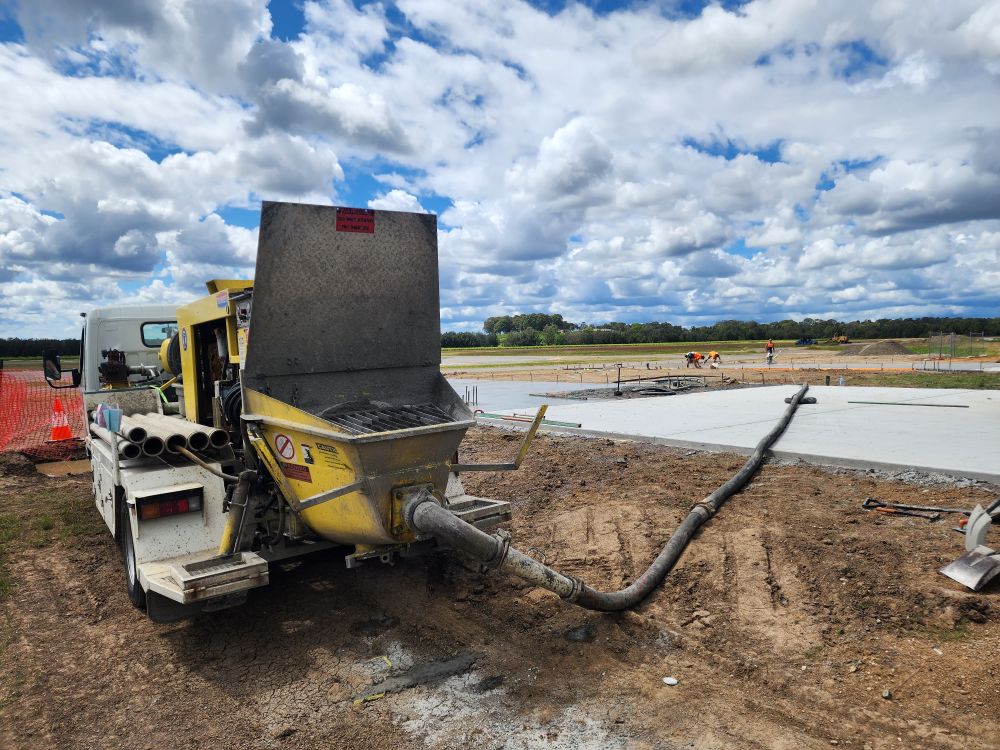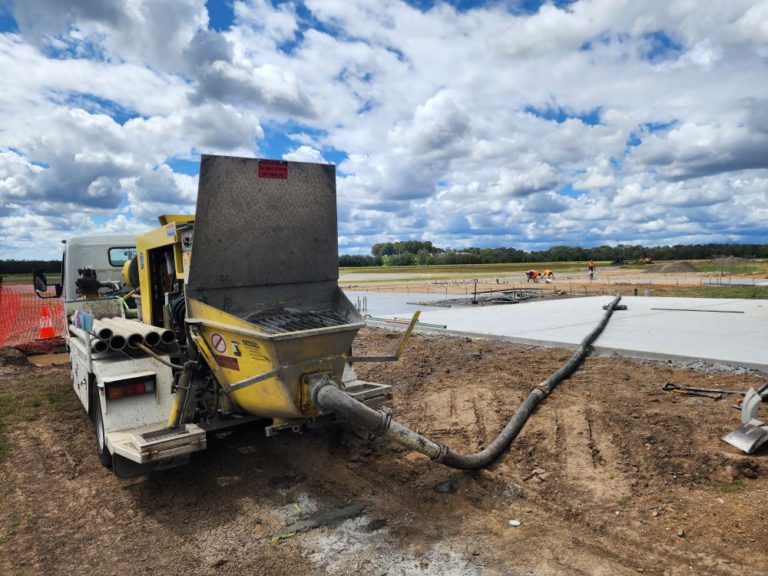Comprehensive Guide to Selecting Between Line Pump and Boom Pump Hire for Your Construction Needs
Choosing the right concrete pump for your construction project necessitates a thorough understanding of the key differences between line pumps and boom pumps. Line pumps are ideal for residential projects and situations where access is limited, whereas boom pumps are specifically engineered to handle high-volume pours and can effectively reach across longer distances. When making your selection, it’s crucial to consider vital factors such as site accessibility, the volume of the pour, and the required delivery speed. By closely assessing these parameters, you can confidently choose the most suitable pump that aligns seamlessly with the unique requirements of your construction project.

Unlock the Advantages of Using Line Pumps for Your Concrete Projects
Line pumps are meticulously designed to transport concrete through an efficient network of steel pipes or flexible hoses. These pumps are particularly beneficial for residential construction sites, backyards, footpaths, and other locations where access may be restricted. Their compact size and quick setup capabilities make them an excellent choice for smaller pours, allowing you to enhance operational efficiency without compromising on quality. By opting for line pumps, you can significantly reduce reliance on barrows, thereby lowering labour costs on projects where larger boom trucks may struggle to get close to the pour site. This optimisation of your workflow will save valuable time and resources while achieving outstanding results.
Maximise Project Efficiency with Line Pumps in Limited Spaces
In situations where space is limited, line pumps provide a reliable solution for the effective transport of concrete through flexible hoses. Construction teams frequently utilise these pumps for residential slabs, footings, and smaller pours that larger boom trucks cannot access easily. Their rapid setup time and reduced operational costs make them an ideal choice for projects in constrained environments, such as narrow driveways and busy streets. By selecting a line pump, you ensure that your project proceeds smoothly, avoiding the delays and complications usually associated with larger machinery, thus maintaining momentum and productivity throughout the construction process.
Identifying When to Use Boom Pumps for Maximum Efficiency
Boom pumps are mounted on trucks and feature extendable arms that enable them to reach over buildings, into foundations, or elevated areas within formwork. This capability makes them exceptionally suited for commercial sites, expansive slabs, or any high-volume pours where efficiency is critical. Employing a boom pump can lead to significant time savings, as operators are able to utilise remote controls for precise placement of concrete, minimising both labour costs and material waste. If your project requires a substantial volume of concrete and the ability to reach extensive distances, a boom pump is undoubtedly the most effective tool to meet your requirements efficiently and promptly.
Strategic Considerations for Selecting the Perfect Concrete Pump for Your Project
- For small to mid-sized pours: Opt for a line pump to take advantage of its efficiency and cost-saving features.
- For large slabs or commercial projects: Always select a boom pump to effectively handle the required volume.
- In confined job sites: A line pump is the optimal choice for areas where boom pumps cannot operate efficiently.
- When needing to reach over structures: A boom pump can cover significant distances with speed and efficiency.
Make Educated Decisions with Hunter Concrete Pumps for Superior Outcomes
Begin your selection process by thoroughly assessing your site conditions. If access is limited or the pour is relatively small, a line pump typically proves to be the more efficient and cost-effective solution. However, for larger projects that encompass multi-level buildings, extensive infrastructure work, or heavy pours, a boom pump excels by delivering higher volumes of concrete swiftly, effectively eliminating the need for excessive handling and optimising productivity.
In the Hunter Valley and Newcastle regions, we commonly observe line pumps being employed for projects such as driveways, footings, and pool constructions. Conversely, boom pumps are preferred for tasks requiring a high volume of concrete or vertical reach, such as bridge decks, multi-storey buildings, and industrial pads. By understanding these specific applications, you can make the most informed decision regarding your concrete pumping needs, ensuring optimal results for your projects.
The Article: Line Pump vs Boom Pump: Choosing the Best for Your Build first appeared on https://writebuff.com
The Article Line Pump vs Boom Pump: Which Is Best for Your Project? Was Found On https://limitsofstrategy.com




